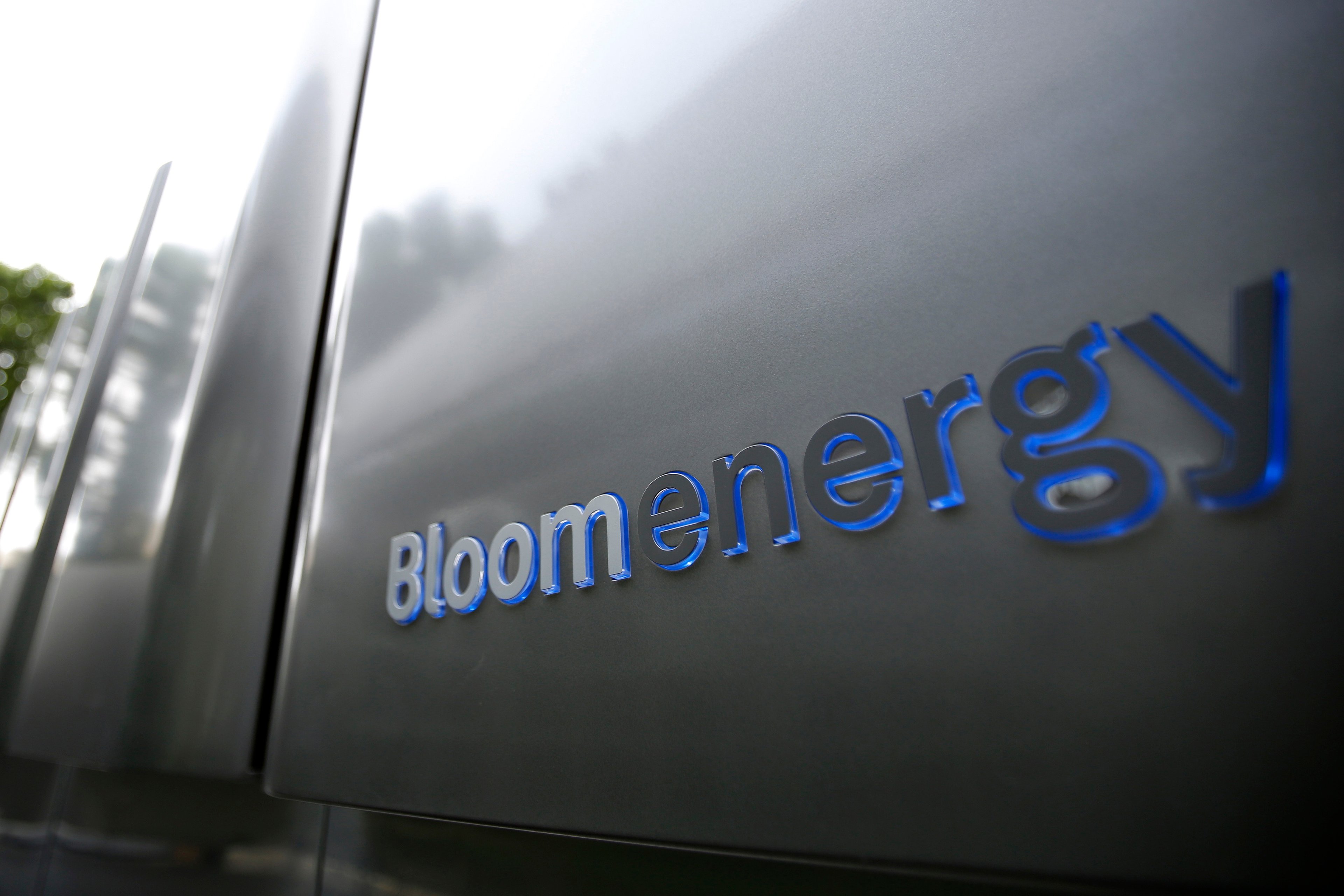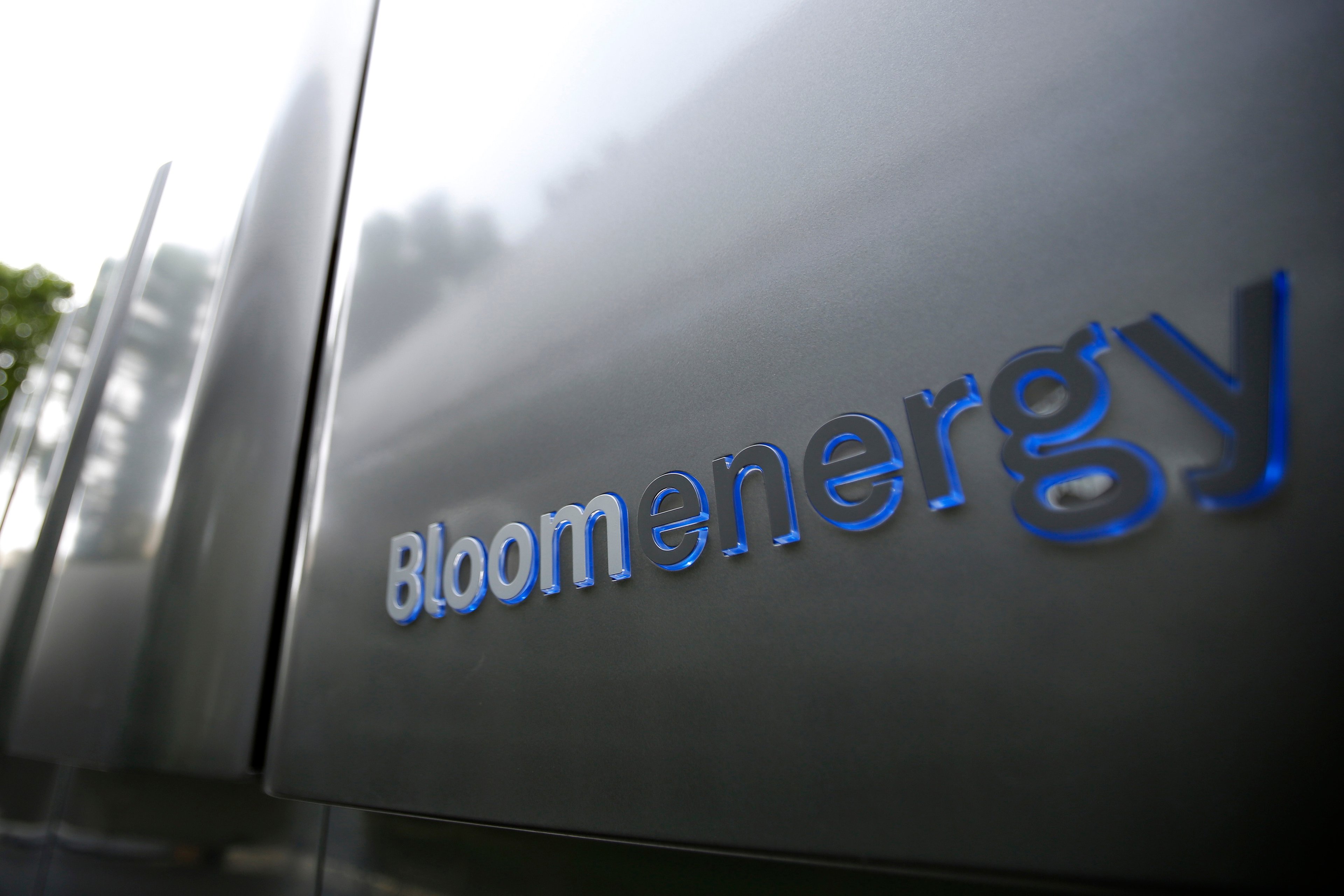What happened
Shares of Bloom Energy (BE +10.04%) fell as much as 40.3% today after the company reported second-quarter 2019 operating results. The fuel cell developer reported a healthy surge in revenue and in the number of systems accepted by customers, compared to 2018, but told investors to brace for neutral growth in 2020. The reason: States such as California and New York are excluding natural-gas-powered fuel cells from state subsidies. That forced many analysts to slash price targets and expectations for the stock, according to reporting by Bloomberg.
But investors have more to worry about than flatlining revenue growth. In the first half of 2019, Bloom Energy reported an operating loss of $122.7 million. The business reported an operating loss of $153.8 million in all of last year. It's difficult to fully ascertain the health of the company due to a heavy reliance on adjusted financial metrics in published press releases, but investors can always find numbers reported under generally accepted accounting principles (GAAP) in filings with the Securities and Exchange Commission. The latest quarterly filing isn't available yet.
As of 2:13 p.m. EDT, the stock had settled to a 38.7% loss.

Image source: Getty Images.
So what
To be fair, it isn't really news that Bloom Energy only exists as a business because of generous subsidies, and that changes to state subsidies pose a big risk to the business. Investors have known since the initial public offering (IPO) that the fuel cell company's technology was likely already outdated, and Bloom Energy would find it impossible to compete with solar-plus-storage for on-site energy production applications.
Nonetheless, the fuel cell developer reported that customers accepted 27.1 megawatts of systems in Q2, marking a 49% increase from the 18.1 megawatts reported in the year-ago period. That led to revenue growth, although it was less impressive than system growth. Bloom Energy reported Q2 revenue of $233.8 million, representing year-over-year growth of 38%. The difference can be explained by lower average selling prices per kilowatt.
Now what
Bloom Energy is sure to miss out as more and more states choose to exclude natural-gas-powered fuel cells from clean energy subsidies, in an effort to free up funds for battery-based energy storage systems. Whether the company can adapt by switching out natural gas for biogas (which can reduce the life of each fuel cell, and requires additional processing to remove sulfur) or hydrogen (which lacks nationwide infrastructure) can be debated. That said, if the business doesn't reel in swelling operating losses, then the availability of state subsidies will be the least of its worries.






